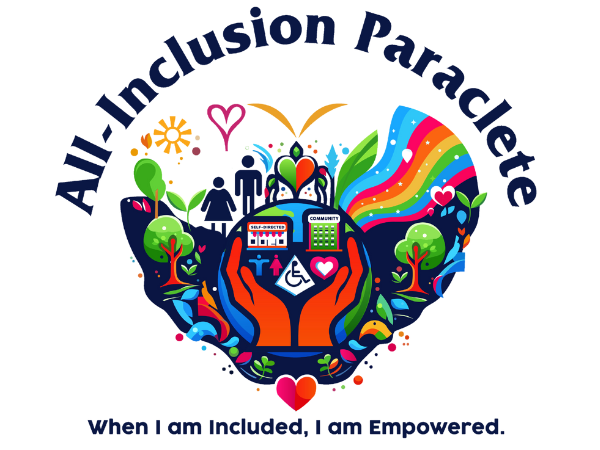•This program is not a licensed Residential Care Facility (RCF) because it follows a lease-based transitional housing model that emphasizes housing access, skill-building, and coaching, rather than care and supervision.
A. Transitional Housing Model
1. Lease or Rental Agreement Structure
o Participants rent rooms in a shared living space.
o Participants have tenant rights, including privacy and control over their housing choices.
o No institutionalized facility structure; the program mirrors real-world independent living.
2. Supportive Living Services (SLS) Model
o Participants receive independent living coaching, not 24/7 care or supervision.
o Staff provide training, mentorship, and housing transition support.
o No custodial care, medical oversight, or behavioral supervision is provided.
3. SDP Housing Access Model
o Participants maintain control over their housing and living arrangements.
o The program assists with securing stable, long-term housing through subsidized rental assistance and community housing partnerships.
B. Subsidized Housing for Individuals Experiencing Homelessness
• The program partners with landlords, community organizations, and government agencies to provide affordable housing options.
• SDP Housing Access Supports (Service Code 314) and Transition/Set-Up Expenses (Service Code 337) help fund security deposits, rental assistance, and initial move-in costs.
• Participants receive financial literacy and tenant rights education to ensure long-term housing stability.
C. Compliance with HCBS (Home and Community-Based Services) Rule
• No institutional setting; participants freely enter and exit the program.
• Participants make personal decisions about daily activities, schedules, and services.
• Housing units are integrated into the community, allowing for interaction with non-disabled individuals.
• Participant Rights: Each individual has privacy, dignity, and full access to community resources.










